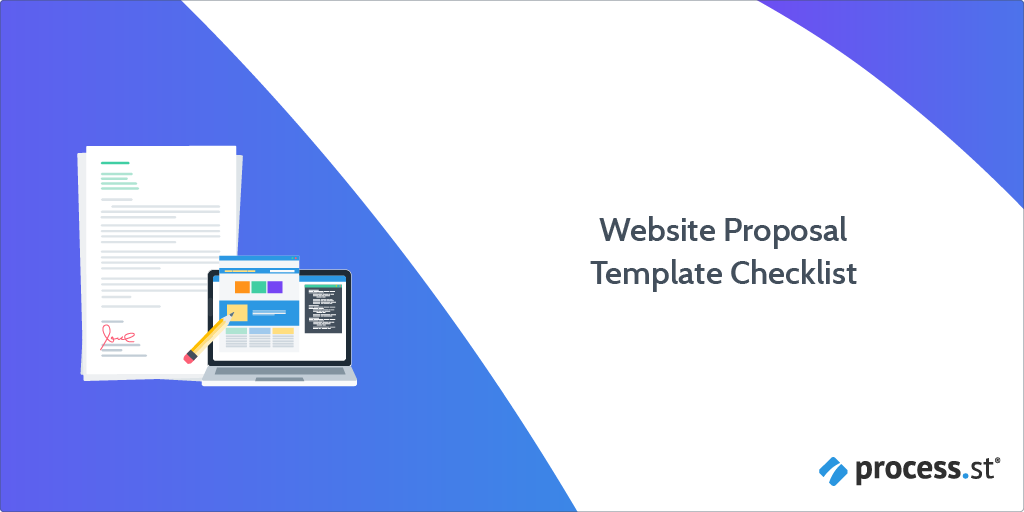A website proposal is a detailed outline for a website project. When done right, sales proposals are incredibly powerful sales tools. They can turn clients that are only partially interested in your services into ones that are convinced nobody else can match your ability to deliver on the job.
They tend to include the website project goals, the specific steps that will be undertaken in the project, anticipated timelines, and estimated costs.
Use this 'Website Proposal Template' checklist, alongside the proposal document you are planning to submit, to let your potential client know exactly what outcomes you intend to achieve, how you’re going to achieve them, and how much it’s going to cost them.
Process Street is super-powered checklists. It’s the easiest way to manage your recurring tasks, procedures, and workflows.
Create a checklist template and run individual checklists for each member of your team. You can check tasks off as you work through them, set deadlines, add approvals, assign tasks, and track each team member's progress.
You can also connect to thousands of Apps through Zapier and automate your workflows even more.







